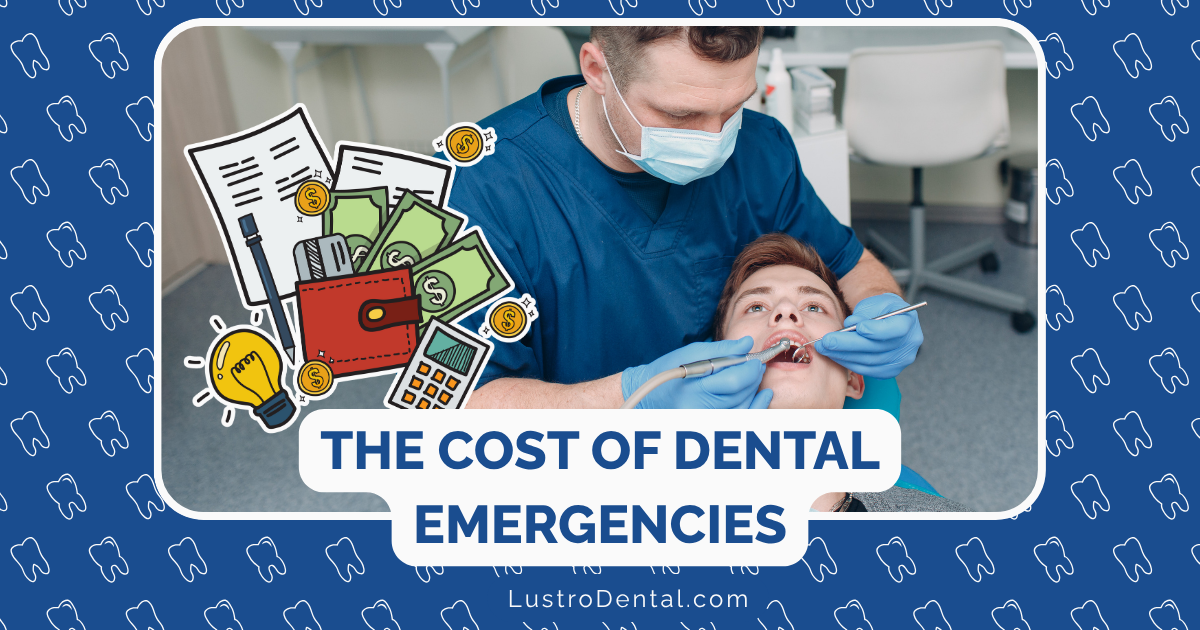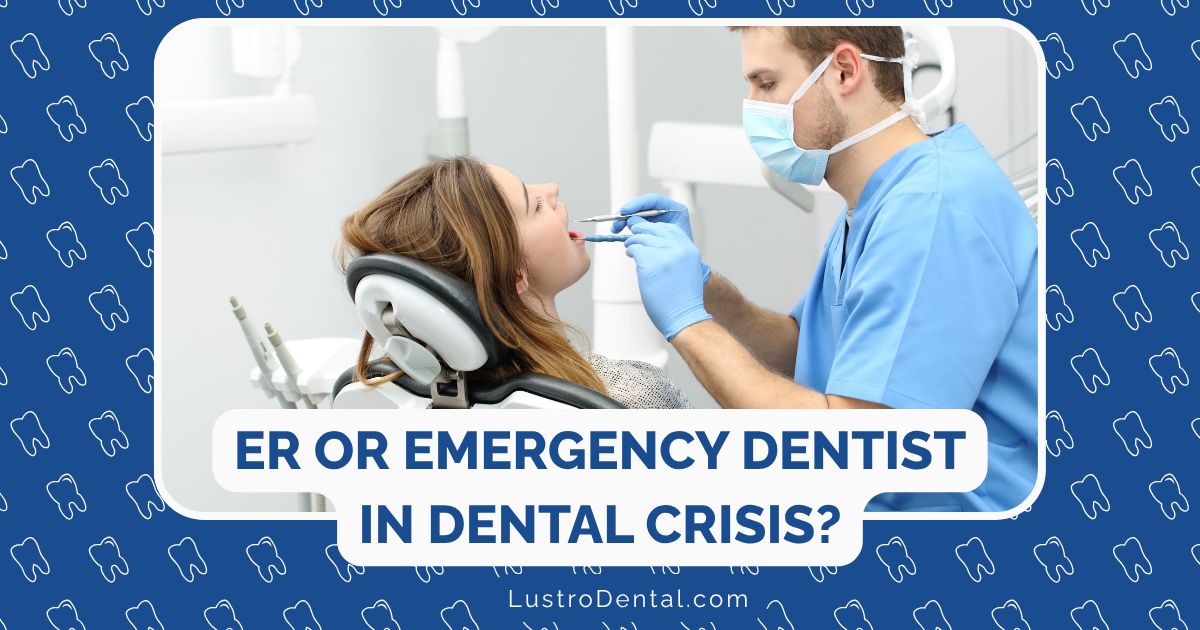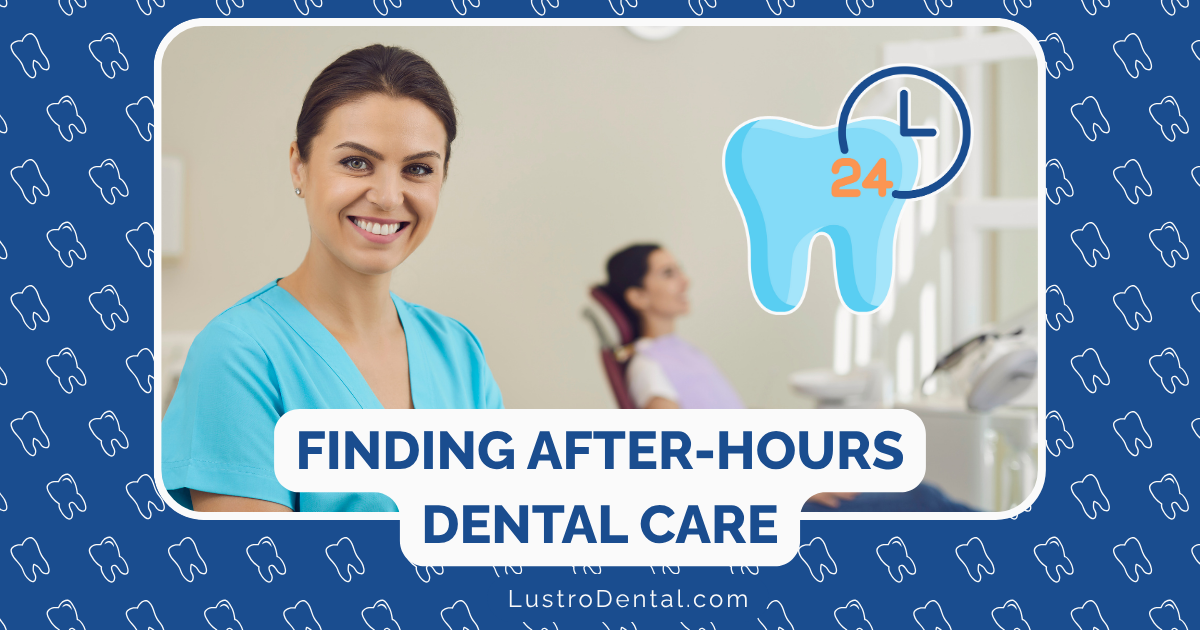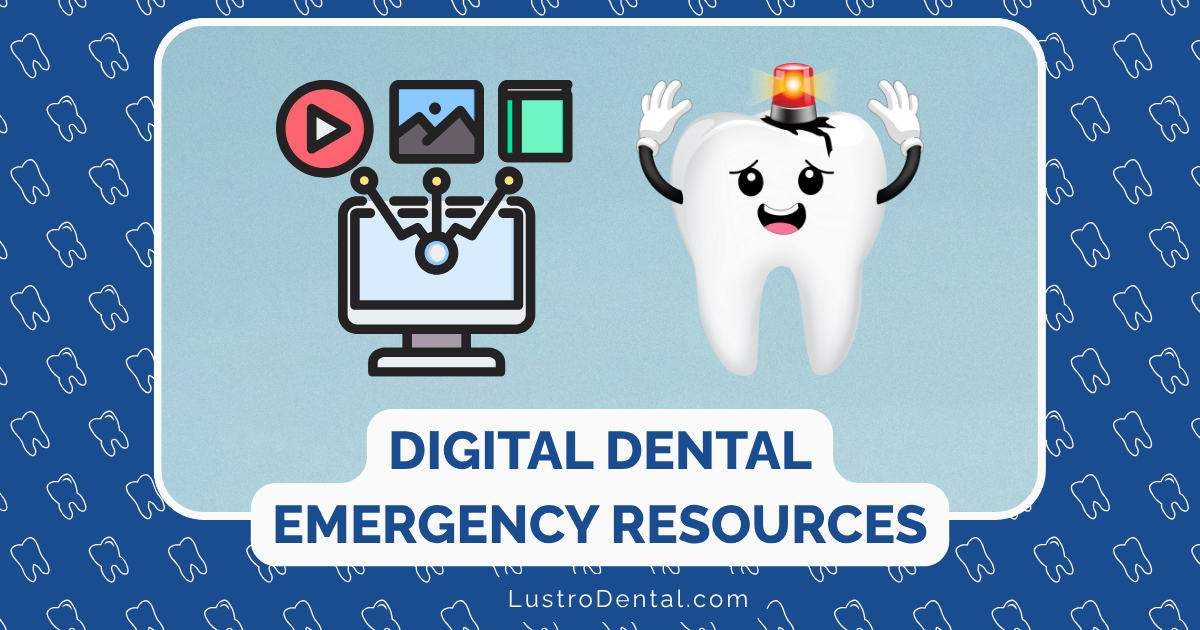Broken Braces Emergency: What to Do Until You See the Orthodontist
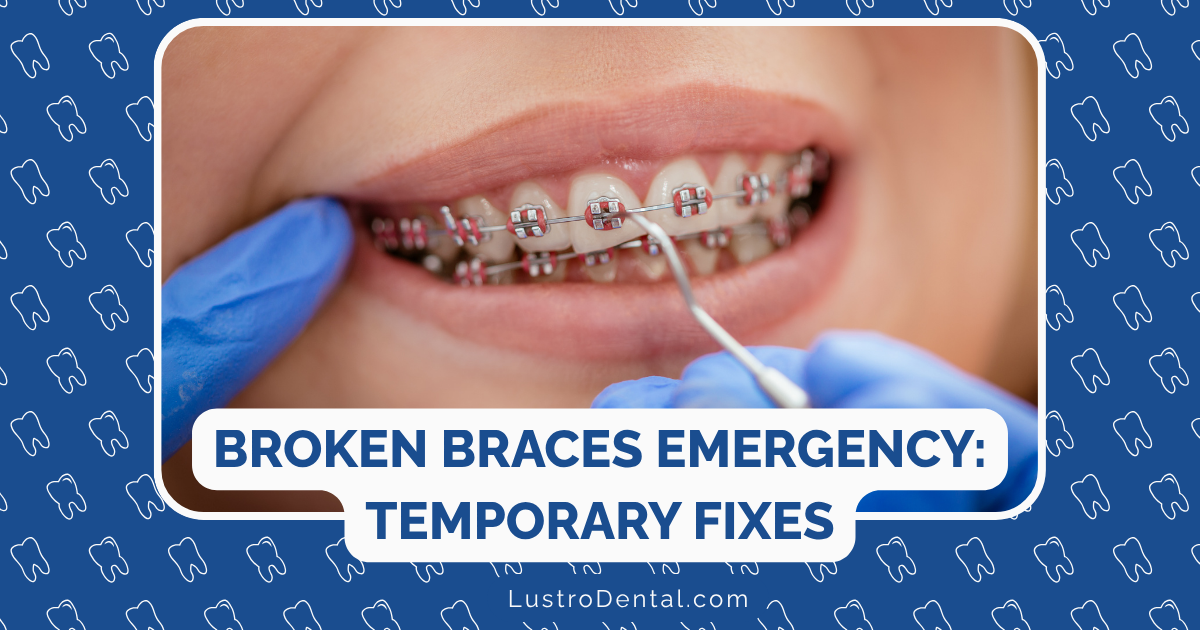
It always seems to happen at the worst possible time. You’re enjoying a movie night with friends, bite into what seemed like a harmless piece of popcorn, and suddenly feel that dreaded “pop” in your mouth. Or perhaps you wake up on a Saturday morning to discover a wire has come loose and is now poking painfully into your cheek.
I’ve guided countless patients through these moments of panic, and I understand the anxiety that comes with a broken bracket or protruding wire. The good news? Most orthodontic emergencies can be managed at home until you can see your orthodontist.
This guide will walk you through exactly what to do when your braces decide to misbehave, helping you stay comfortable and prevent further damage until professional help is available.
Common Types of Braces Emergencies
Before we dive into solutions, let’s identify the most frequent orthodontic emergencies you might encounter:
1. Loose or Broken Brackets
The small metal or ceramic squares attached to your teeth are called brackets. They can become loose or detach completely if you eat hard foods or experience an impact to your mouth.
2. Protruding or Broken Wires
The archwire that runs through your brackets can sometimes break, come out of place, or protrude at the back, potentially causing irritation or painful pokes.
3. Loose Bands
The metal rings that wrap around your back teeth (bands) might occasionally become loose or dislodged.
4. Lost or Broken Ligatures
The small elastic or metal ties that hold the wire to the brackets can break or come off.
5. General Pain and Discomfort
While not technically an “emergency,” significant pain from recent adjustments can sometimes feel urgent and require attention.
Your Emergency Braces First-Aid Kit
According to Smiletown Dental Clinic, having an orthodontic emergency kit ready can save you significant discomfort. Here’s what to include:
- Orthodontic wax (the most essential item!)
- Small mirror for examining hard-to-see areas
- Clean tweezers for minor adjustments
- Sterile nail clippers for trimming protruding wires
- Cotton swabs for applying wax or medication
- Salt packets for making saltwater rinses
- Over-the-counter pain relievers (acetaminophen or ibuprofen)
- Your orthodontist’s emergency contact information
Keep this kit at home and consider a travel-sized version for school, work, or trips.
Step-by-Step Solutions for Broken Braces
Loose or Broken Brackets
When you notice a bracket has come loose but is still attached to the wire:
- Leave it in place if possible. If the bracket is still attached to the wire but has rotated, leave it where it is unless it’s causing significant discomfort.
- Apply orthodontic wax. Place a small piece of orthodontic wax over the bracket to prevent it from irritating your cheeks or gums.
- Document the issue. Take a photo of the loose bracket to show your orthodontist when you call.
- Avoid problematic foods. Stay away from chewy, crunchy, or sticky foods that could dislodge the bracket further.
Wilde Orthodontics recommends using a clean cotton swab to gently push a rotated bracket back into its normal position if it’s causing irritation, but emphasizes that you should never force it.
If the bracket has completely detached:
- Save the bracket if you can find it.
- Apply wax to any sharp edges on the wire where the bracket was attached.
- Contact your orthodontist to schedule a repair appointment.
Protruding or Broken Wires
A wire that’s poking your cheek or gum can be particularly uncomfortable. Here’s what to do:
- Try repositioning first. Using clean tweezers, gently attempt to move the wire away from the irritated area.
- Apply orthodontic wax. Cover the end of the wire with wax to create a barrier between the sharp end and your soft tissue.
- As a last resort, trim the wire. If the wire is extremely bothersome and you cannot see your orthodontist soon, you can use sterilized nail clippers to carefully trim it. According to The Orthodontists, you should sterilize the clippers with rubbing alcohol first, and only cut the wire if it’s protruding significantly.
- Use the eraser end of a pencil. If you can’t bend the wire with tweezers, try using the eraser end of a pencil to gently push it away from sensitive areas.
Remember: Never pull a wire completely out on your own, as this could damage your treatment progress.
Loose Bands
Metal bands around your molars can sometimes come loose. If this happens:
- Save the band if it comes out completely.
- Don’t try to reattach it yourself as this requires special cement.
- Avoid chewing on that side of your mouth.
- Schedule an appointment with your orthodontist as soon as possible.
Lost or Broken Ligatures
The small elastic or metal ties that hold the wire to your brackets may occasionally come off:
- For elastic ligatures: If an elastic ligature (the tiny rubber band around the bracket) comes off, you can sometimes replace it using sterilized tweezers. Somerville Orthodontics suggests keeping spare elastics if your orthodontist provides them.
- For metal ligatures: If a metal ligature comes loose, try to remove it completely with tweezers if it’s hanging. If you can’t remove it safely, cover it with wax and contact your orthodontist.
- If you’re unsure: When in doubt, apply wax to prevent irritation and call your orthodontist for guidance.
Managing Pain and Discomfort
Orthodontic emergencies often come with some degree of discomfort. Here’s how to manage it:
1. Saltwater Rinses
Mix 1/2 teaspoon of salt in 8 ounces of warm water and gently rinse your mouth several times a day. This helps reduce inflammation and prevent infection in any irritated areas.
2. Over-the-Counter Pain Relief
Acetaminophen (Tylenol) or ibuprofen (Advil, Motrin) can help manage pain. Follow the dosage instructions and your orthodontist’s recommendations.
3. Topical Anesthetics
Over-the-counter products like Orajel can temporarily numb sore spots in your mouth.
4. Cold Foods and Beverages
Eating cold foods like yogurt or ice cream, or drinking cold water can help numb sore areas naturally.
5. Orthodontic Wax Is Your Best Friend
I can’t emphasize enough how valuable orthodontic wax is for protecting your cheeks, lips, and gums from irritation. Apply it generously to any protruding components.
When to Contact Your Orthodontist Immediately
While many braces issues can wait until regular office hours, some situations warrant immediate attention. According to CT Orthodontics, you should contact your emergency orthodontist right away if:
- You experience severe pain that doesn’t respond to over-the-counter pain relievers
- You have significant swelling in your face or gums
- A wire is stuck in your gum, cheek, or tongue and you cannot safely remove it
- You’ve suffered trauma to your face or mouth that has affected your braces
- You’re experiencing bleeding that doesn’t stop with gentle pressure
Most orthodontic practices offer emergency contact information for after-hours issues. Don’t hesitate to use it if you’re in significant discomfort or unsure about the severity of your situation.
Preparing for Your Emergency Appointment
When you do get in to see your orthodontist, come prepared:
- Bring any detached parts you were able to save.
- Take photos of the issue if possible.
- Make notes about when and how the damage occurred.
- Be ready to describe any home remedies you’ve already tried.
This information helps your orthodontist address the problem more efficiently.
Preventing Future Braces Emergencies
The best way to handle orthodontic emergencies is to prevent them in the first place:
1. Follow Food Restrictions
Avoid the foods your orthodontist has advised against, particularly:
- Hard foods like nuts and hard candies
- Chewy foods like caramel and taffy
- Crunchy foods like popcorn and chips
- Foods you need to bite into, like apples and corn on the cob (cut these into small pieces instead)
2. Wear Mouthguards During Sports
If you play sports, always wear an orthodontic-friendly mouthguard to protect your braces and teeth from impact.
3. Maintain Excellent Oral Hygiene
Brushing and flossing diligently helps prevent issues with your braces and keeps the underlying teeth healthy.
4. Attend Regular Adjustments
Don’t skip your scheduled orthodontic appointments, as your orthodontist can spot and fix minor issues before they become emergencies.
Real Patient Experience: Jamie’s Saturday Night Emergency
Jamie, a 15-year-old patient of mine, texted me one Saturday evening with a photo of a broken wire poking her cheek. She was at a sleepover and wouldn’t be able to come in until Monday.
I walked her through using orthodontic wax (which thankfully she had brought with her) and showed her how to use the eraser end of a pencil to gently push the wire away from her cheek. These simple steps made her comfortable enough to enjoy the rest of her weekend, and we fixed the issue properly first thing Monday morning.
“I was so relieved to know what to do,” Jamie told me later. “Instead of ruining my weekend, it was just a minor inconvenience.”
Final Thoughts: Stay Calm and Call Your Orthodontist
Braces emergencies can be stressful, but remember that most issues can be temporarily managed at home. The key steps are:
- Assess the situation calmly
- Use orthodontic wax liberally
- Try conservative home remedies for comfort
- Contact your orthodontist for guidance and to schedule a repair
Your orthodontist understands these situations happen and wants to help you stay comfortable and keep your treatment on track. Don’t hesitate to reach out—that’s what we’re here for!
Have you experienced a braces emergency? What worked best for you while waiting to see your orthodontist? Share your experiences in the comments to help others who might be facing similar situations.
Disclaimer: This article provides general information about orthodontic emergencies and is not intended as medical advice. Always follow your orthodontist’s specific instructions for your treatment plan and emergency situations.


